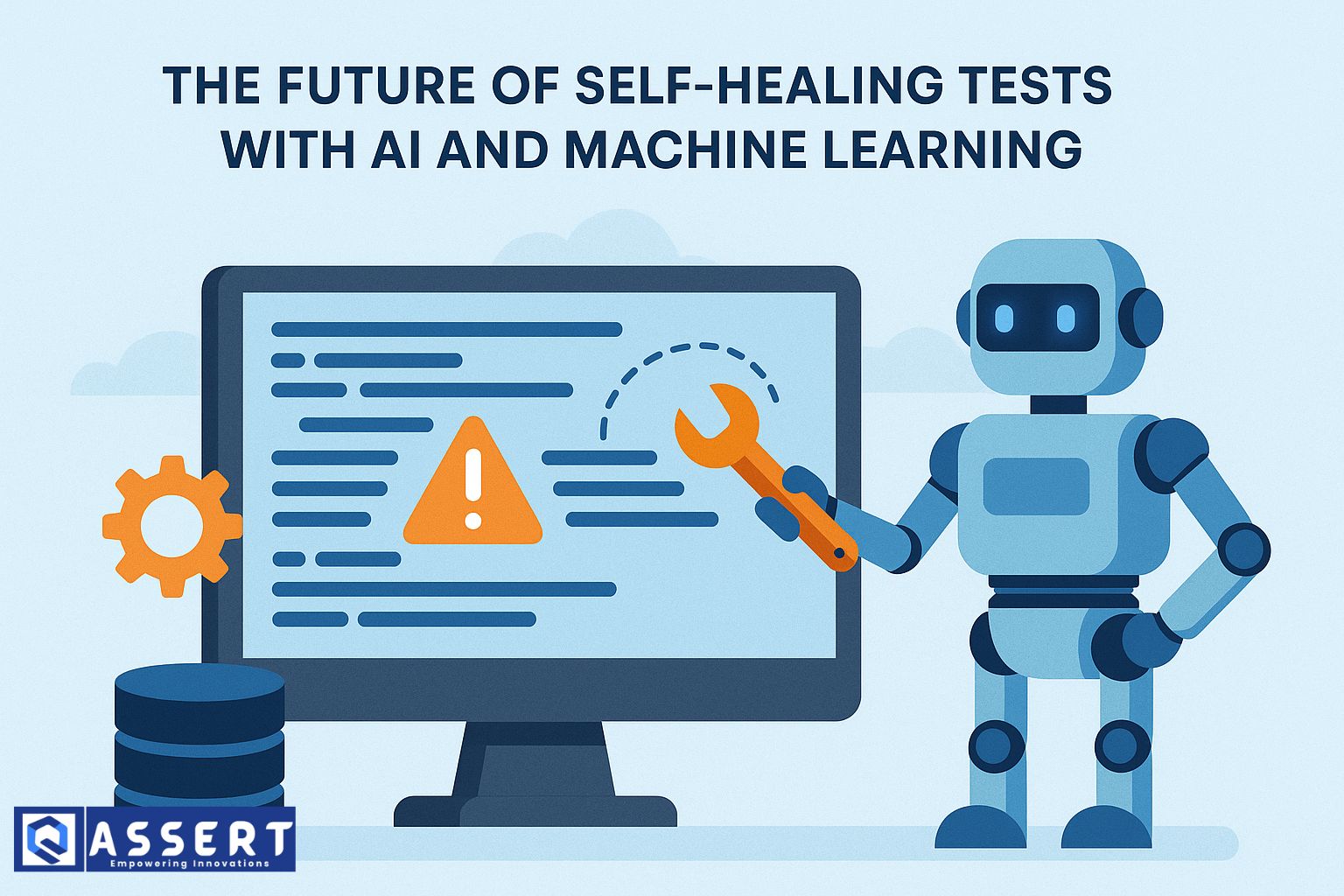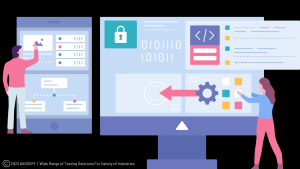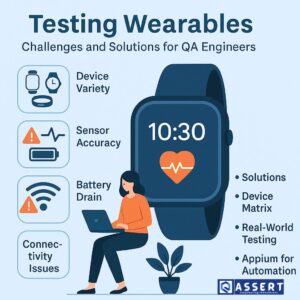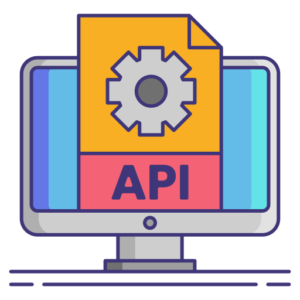In 2025, software changes faster than ever. Every update, button move, or code change can break automated tests. But with self-healing tests with AI, test automation has become more intelligent. These tests can now fix themselves without human help, saving time and improving stability.
What Are Self-Healing Tests?
Self-healing tests are smart automation scripts that automatically detect and fix broken locators or test steps when the application changes.
For example, if a button’s ID or name changes, normal tests fail. But AI-powered self-healing tools can identify the new element using attributes like text, position, or visual similarity — and continue running smoothly.
How AI and Machine Learning Help in Self-Healing
AI and machine learning work together to make testing smarter:
1. Pattern Recognition
Machine learning models learn from old test data and recognize UI patterns. When something changes, they find the best match using context, not just code.
2. Smart Locator Suggestions
AI automatically suggests new locators when old ones fail. For example, it might use CSS selectors, XPath, or even image-based detection.
3. Continuous Learning
Each time a test heals itself, the AI engine learns from that fix. Over time, it becomes more accurate in predicting and resolving similar issues.
4. Visual and Context-Based Healing
AI doesn’t just look at code. It also checks visual layout, button colors, and text labels to find the correct element — similar to how humans recognize screens.
👉 You can explore Applitools’ self-healing AI and Testim.io’s AI locator technology for real examples.
Benefits of Self-Healing Tests
Here’s why many QA teams are now using AI and ML-based self-healing automation:
-
Less maintenance: No need to manually fix broken locators.
-
More stable builds: Tests adapt automatically to UI updates.
-
Faster delivery: Saves time in large-scale regression testing.
-
Better test accuracy: Reduces false failures caused by small UI changes.
-
Smarter reporting: AI can explain what was changed and why.
Popular Self-Healing Tools in 2025
Several automation tools already use AI and machine learning for self-healing:
-
Testim.io – Uses AI-based locators and self-healing capabilities.
-
Mabl – Automatically updates test steps with ML-driven insights.
-
Functionize – Combines NLP and AI to repair broken test cases.
-
Katalon Studio – Includes smart XPath healing using AI analysis.
The Future of Self-Healing Testing
In the near future, AI won’t just heal broken tests — it will prevent them from breaking.
Machine learning models will predict upcoming UI or API changes and prepare test scripts in advance. Eventually, we’ll see fully autonomous test frameworks that write, execute, heal, and report tests without human help.
Conclusion
The future of self-healing tests with AI is all about smarter automation. With the help of machine learning, test frameworks are becoming adaptive, intelligent, and self-repairing. QA engineers who adopt these tools will lead the next generation of intelligent testing.




